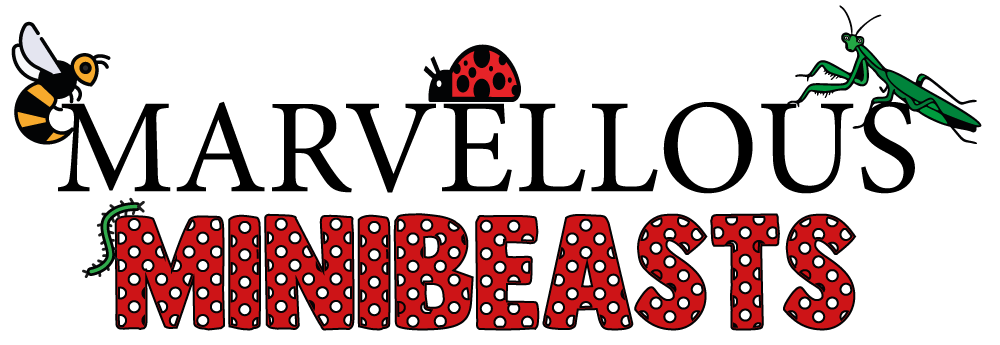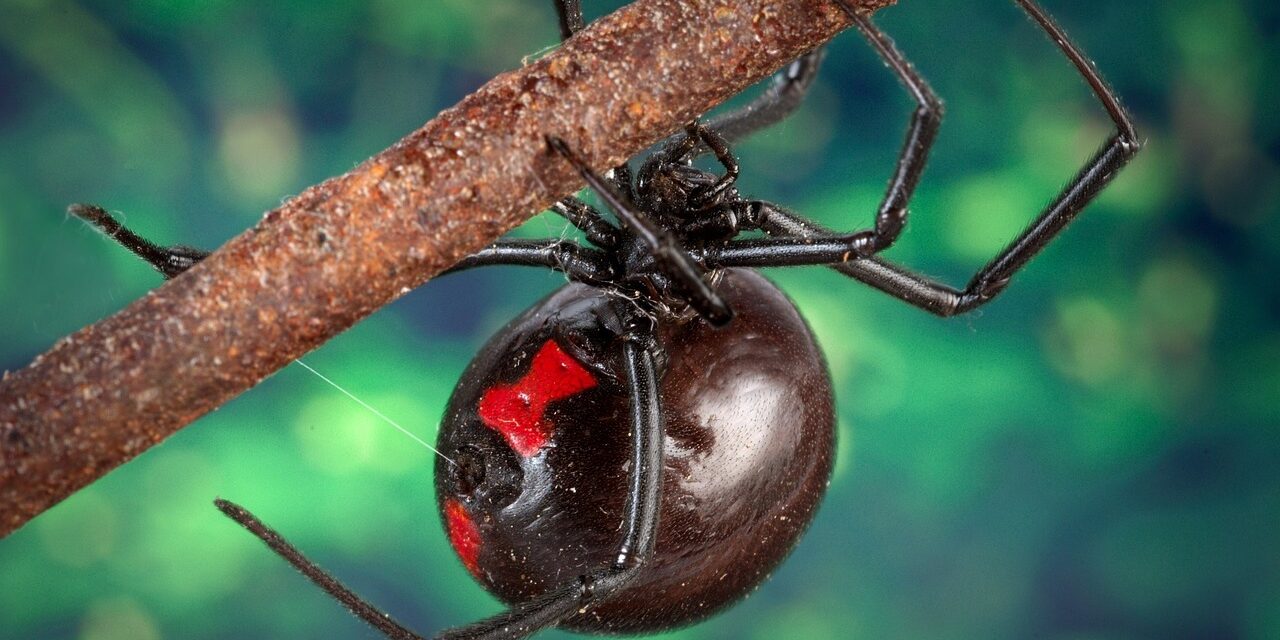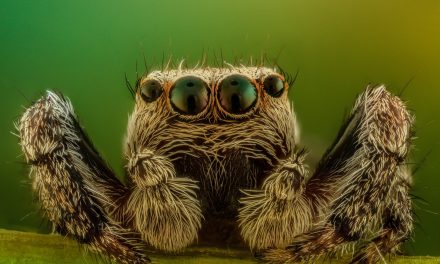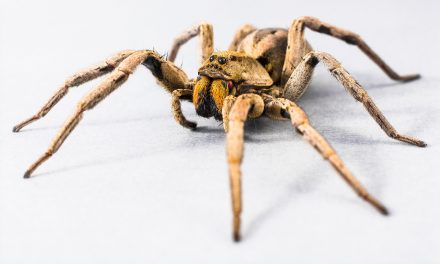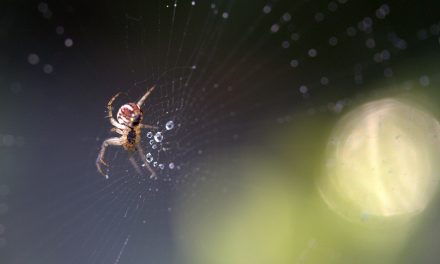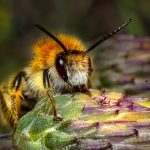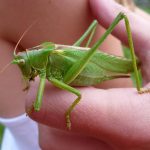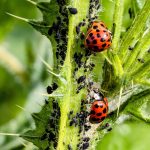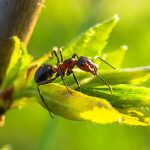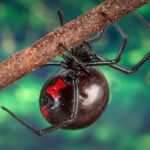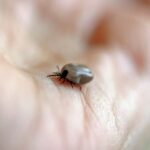The black widow spider is known for its reputation as one of the world’s most venomous spiders. The black widow is a captivating yet controversial arachnid that has sparked interest and curiosity among both scientists and the general public in the UK.
Although not native to the UK, there have been reports and sightings of black widow spiders in various parts of the country, causing intrigue and concern alike. In this article, we will explore the facts, myths, and potential implications of the presence of black widow spiders in the UK, shedding light on this enigmatic species and its fascinating presence in this part of the world. So, let’s dive into the world of the black widow spider and uncover the truth behind its existence in the UK.
The black widow spider
The black widow spider is a spider species belonging to the Latrodectus genus. These spiders are primarily found in warm regions of the world, particularly in North and South America, but have also been reported in other parts of the world, including the United Kingdom.
Female black widow Spiders are larger than males, and they can grow up to 1.5 inches in length. They are characterised by their shiny black bodies and the red hourglass-shaped marking on their abdomen, which is often used as a warning signal to potential predators. Unlike other spider species, the female is larger and more aggressive than the male, especially when protecting her eggs.

Is a black widow spider venomous?
Yes, a black widow spider is venomous. The venom is a potent neurotoxin that can cause severe symptoms in humans. Black widow spiders are not normally aggressive and will typically avoid contact with humans. However, they will bite if they feel threatened, disturbed, or cornered. The bite of a black widow spider can cause intense pain, muscle cramps, and spasms that can last for several hours or even days.
Other symptoms of a black widow spider bite may include:
- Nausea
- Vomiting
- Headaches
- Difficulty breathing
While rare, severe reactions to the venom can cause seizures, high blood pressure, and even death. It’s important to note that while the bite can be painful and cause severe symptoms, fatalities are rare.
Is the black widow spider native to the UK?
The black widow spider is not a native species in the UK. Although there have been some reported sightings over the years, there is no conclusive evidence to show that black widows have managed to establish a wild population in the UK.
It is possible that some of these sightings could be misidentifications or individual spiders that were unintentionally transported to the UK via imported goods. It is also possible that some of the sightings were of escaped pets or exotic animal collections.
Identifying and avoiding black widow spiders
As mentioned earlier, identifying a black widow spider is easy thanks to their unique physical characteristics. If you see a spider with a shiny black body, long, thin legs, and a red or orange hourglass-shaped mark on its abdomen, it’s likely a black widow spider.
These spiders tend to spin webs in quiet, dark areas such as woodpiles and sheds. It’s important to be cautious when moving objects or reaching into dark spaces, and always wear gloves when working in the garden.
While black widow spiders are venomous and their bites can be harmful, it’s essential to remember that they don’t bite unless they feel threatened or cornered. If you come across one, it’s best to leave it alone and avoid touching it. Keeping your garden clean, tidy, and well-lit will discourage them and other spider species from making webs.

What do black widow spiders eat?
The black widow spider is carnivorous and primarily feeds on insects. They catch their prey by spinning webs that trap their victims. They will eat almost anything that gets caught in their web, including flies, beetles, grasshoppers, and even other spiders.
Black widows have been known to catch and consume prey that is much larger than themselves. In some cases, they have been observed catching and eating small reptiles and mammals, including lizards and mice.
Once a black widow spider catches its prey in its web, it will bite it and wrap it in silk, which helps immobilise the prey and makes it easier to consume. The spider will then inject venom into its prey, which begins the digestive process. The venom breaks down the prey’s tissues, allowing the spider to suck out the liquid, leaving behind an empty shell.
Interestingly, the female black widow spider has been observed consuming the male after mating. While this behaviour is not typical, it has given the spider its infamous name and added to the fear surrounding it.
Precautions to avoid a black widow spider bite
To avoid a black widow spider bite, it’s important to take precautions when working in areas where they may be present. Here are some tips to reduce the risk of being bitten:
Wear protective clothing
When working in the garden, wear long sleeves, long trousers, and gloves to protect your skin from accidental bites.
Be cautious when reaching into dark spaces
Black Widow Spiders are most commonly found in quiet and dark areas such as woodpiles, garages, and sheds. Be careful when reaching into these areas, and always use caution.
Keep the garden clean and tidy
Regularly remove debris from the garden, such as fallen leaves and twigs, to discourage black widow spiders from building webs in the area.

Seek medical attention if bitten
If you suspect you have been bitten by a black widow spider, seek medical attention immediately. While most bites are not fatal, they can cause severe pain and muscle cramps that may require medical treatment.
Facts and myths about the black widow spider
Facts
- The black widow spider is scientifically known as Latrodectus mactans and is native to North America.
- The female black widow spider is larger than the male and can grow up to 1.5 inches in length.
- The black widow spider is known for its distinctive appearance, with a shiny black body and a red hourglass-shaped marking on its abdomen.
- Black widow spiders are venomous, with their venom containing neurotoxins that can cause muscle spasms, cramps, and other symptoms.
- While rare, black widow spider bites can be fatal, particularly for young children and the elderly.
Myths
- Black widow spiders are not aggressive and typically only bite when they feel threatened or are defending their eggs.
- Black widow spiders do not actively seek out humans to bite them but rather prefer to hide in dark, quiet spaces such as woodpiles, sheds, and garages.
- The presence of black widow spiders in the UK is not necessarily a cause for panic. They are not an established spider species and are typically only found in small numbers, which do not pose a significant threat to humans.
Possible implications of established black widow spiders in the UK
The presence of black widow spiders in the UK is not a cause for concern at the moment; however, there could be possible implications in several areas if they were allowed to become established, including:
Public health concerns
While black widow spider bites are rare, they can be venomous and cause serious health issues, particularly in vulnerable populations such as young children and the elderly. The emergence of the black widow spider in the UK could pose a potential risk to public health, as it may increase the chances of accidental bites or encounters with these venomous spiders. It is important for people to be aware of the potential risks and take the necessary precautions to avoid being bitten.
Wildlife and Ecosystems
Black widow spiders are known to prey on insects and other small animals. The introduction of non-native species like the black widow spider could disrupt local ecosystems by impacting native insect populations and potentially displacing native spider species. This could upset the balance of local wildlife and ecosystems by altering the dynamics of predator-prey relationships and competition among species.
Pest Control
On the other hand, black widow spiders could potentially have a positive impact by controlling pest populations. As predators of insects and other small animals, including pests such as flies, mosquitoes, and other spiders, black widow spiders could help regulate local pest populations. However, the overall impact would depend on the specific ecology and interactions with other native species in the UK.
Public perception and education
The presence of black widow spiders in the UK could also impact public perception and education about spiders and their role in ecosystems. Misconceptions and fears about venomous spiders may lead to unnecessary fear or extermination efforts, which could have negative consequences for both the spiders and the environment. It is important for accurate information and education to be provided to the public to dispel myths and promote a better understanding of the role of spiders in nature and their importance to the ecosystem.
Biosecurity and Regulations
The presence of non-native species like the black widow spider in the UK may also trigger biosecurity concerns and potential regulatory actions. Authorities may need to monitor and manage the presence of black widow spiders to prevent their spread to other areas or potential impacts on local ecosystems, which may involve measures such as containment, eradication, or regulation of their distribution and movement to other areas around the UK.
Final thoughts
The black widow spider is a fascinating but controversial arachnid species that has sparked curiosity and concern in the UK. Although not native to the UK, there have been reports and sightings of these spiders, which can cause severe symptoms if they bite humans. It is important to be cautious around them, avoid touching them, and seek medical attention if bitten. Despite their venomous nature, black widow spiders play an essential role in the ecosystem as they help control insect populations. By understanding their habits and characteristics, we can coexist with these spiders without causing harm to them or ourselves.
